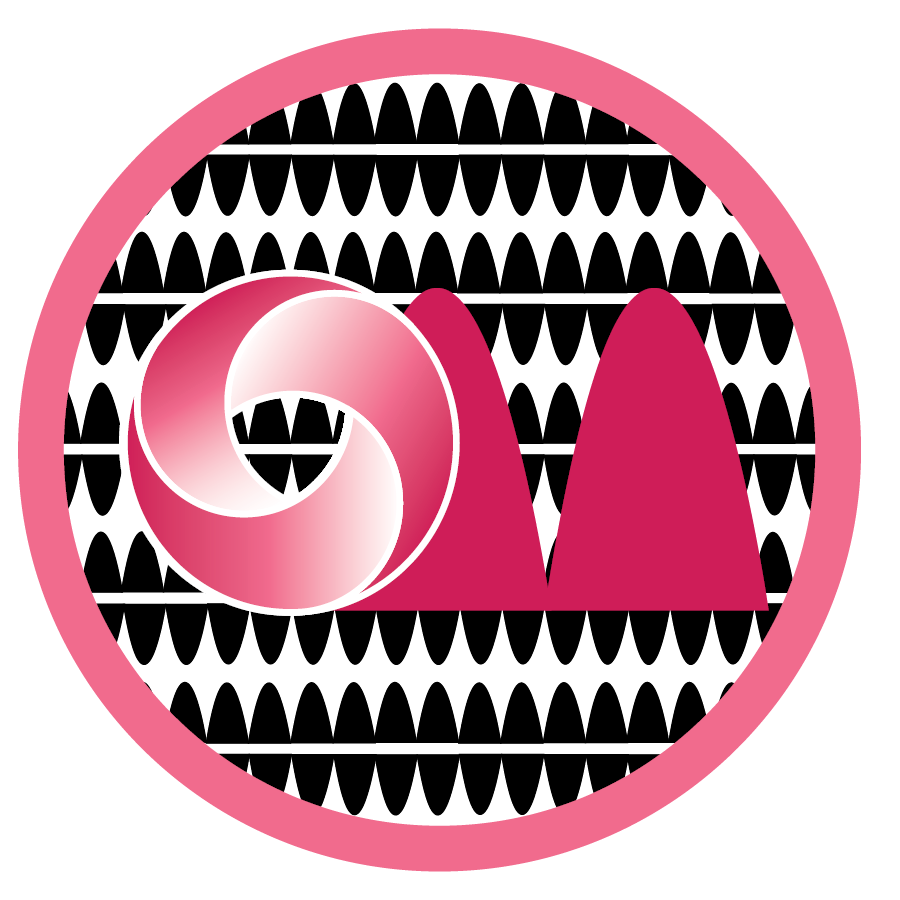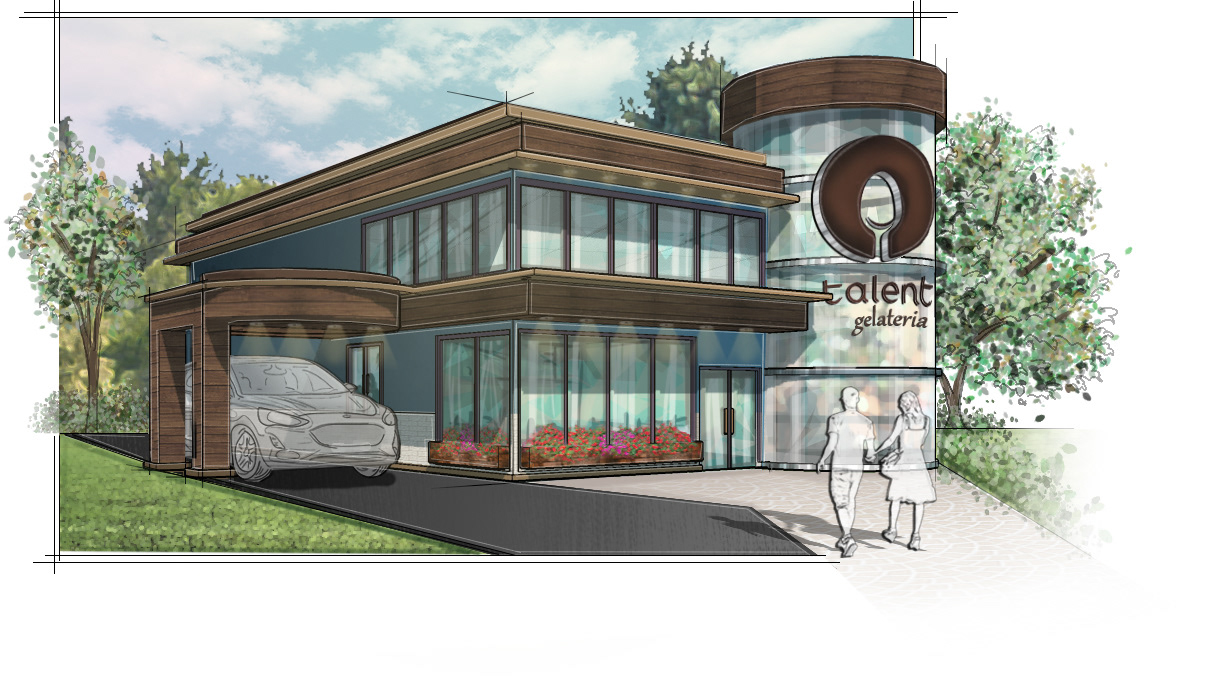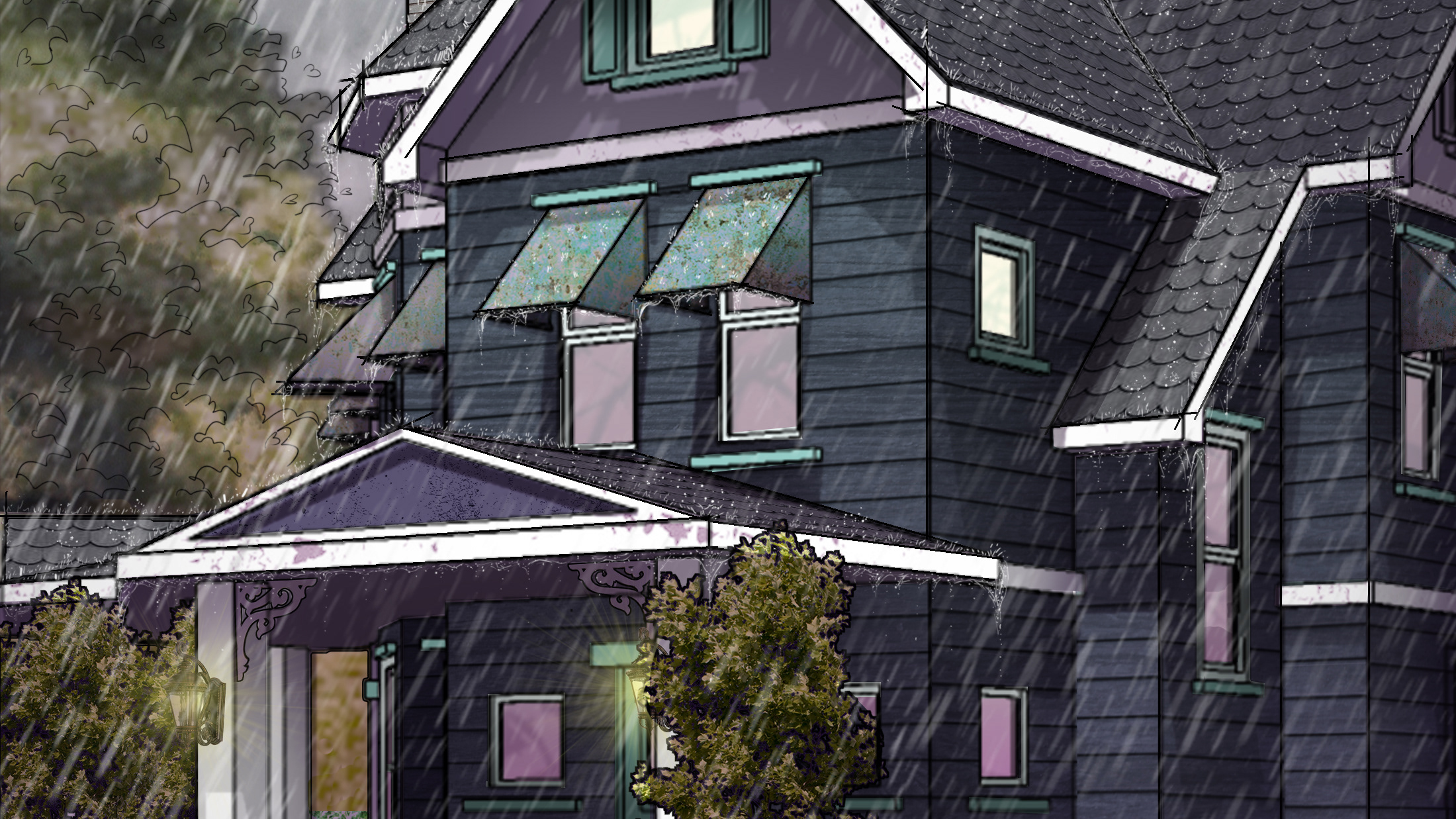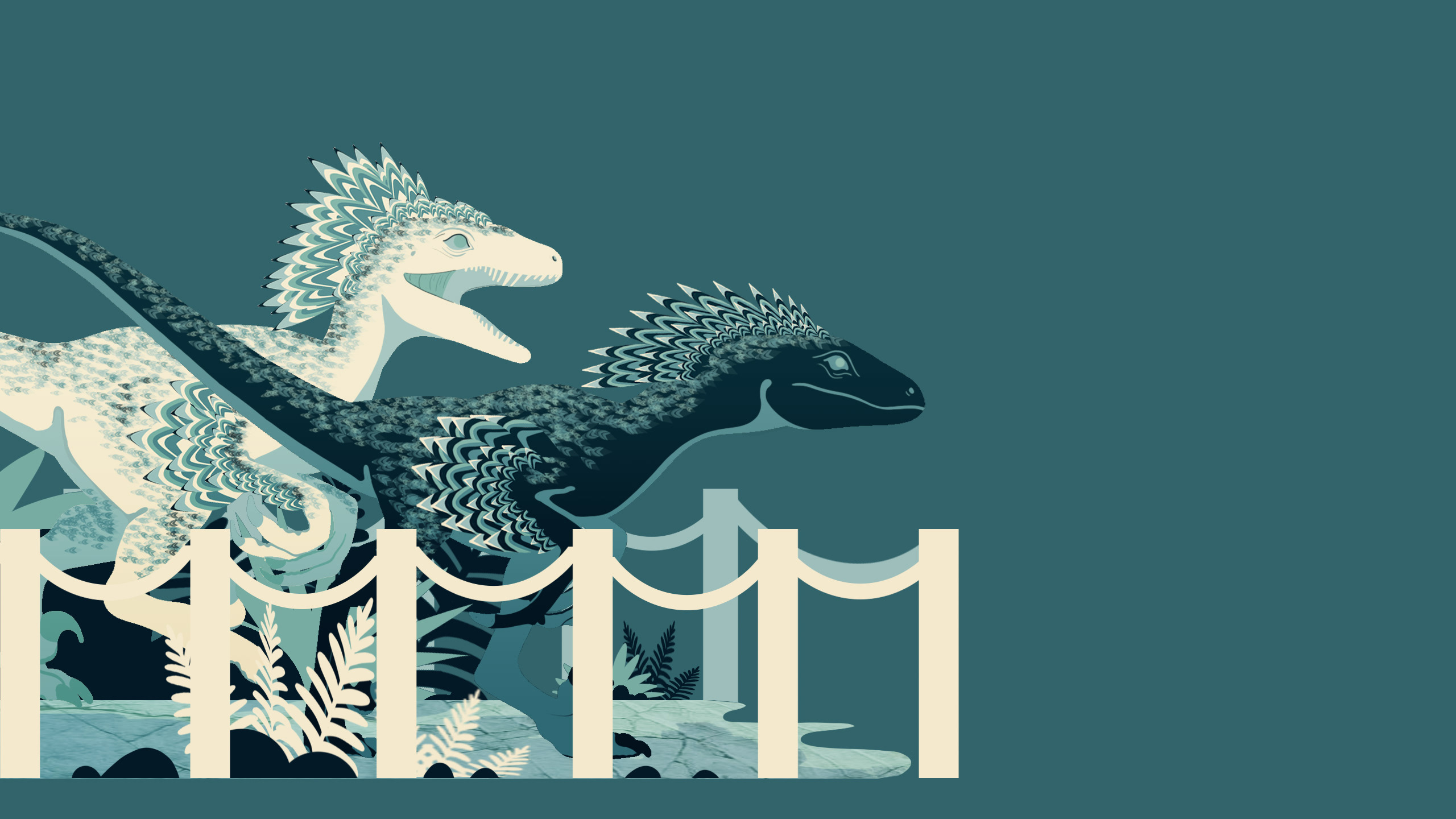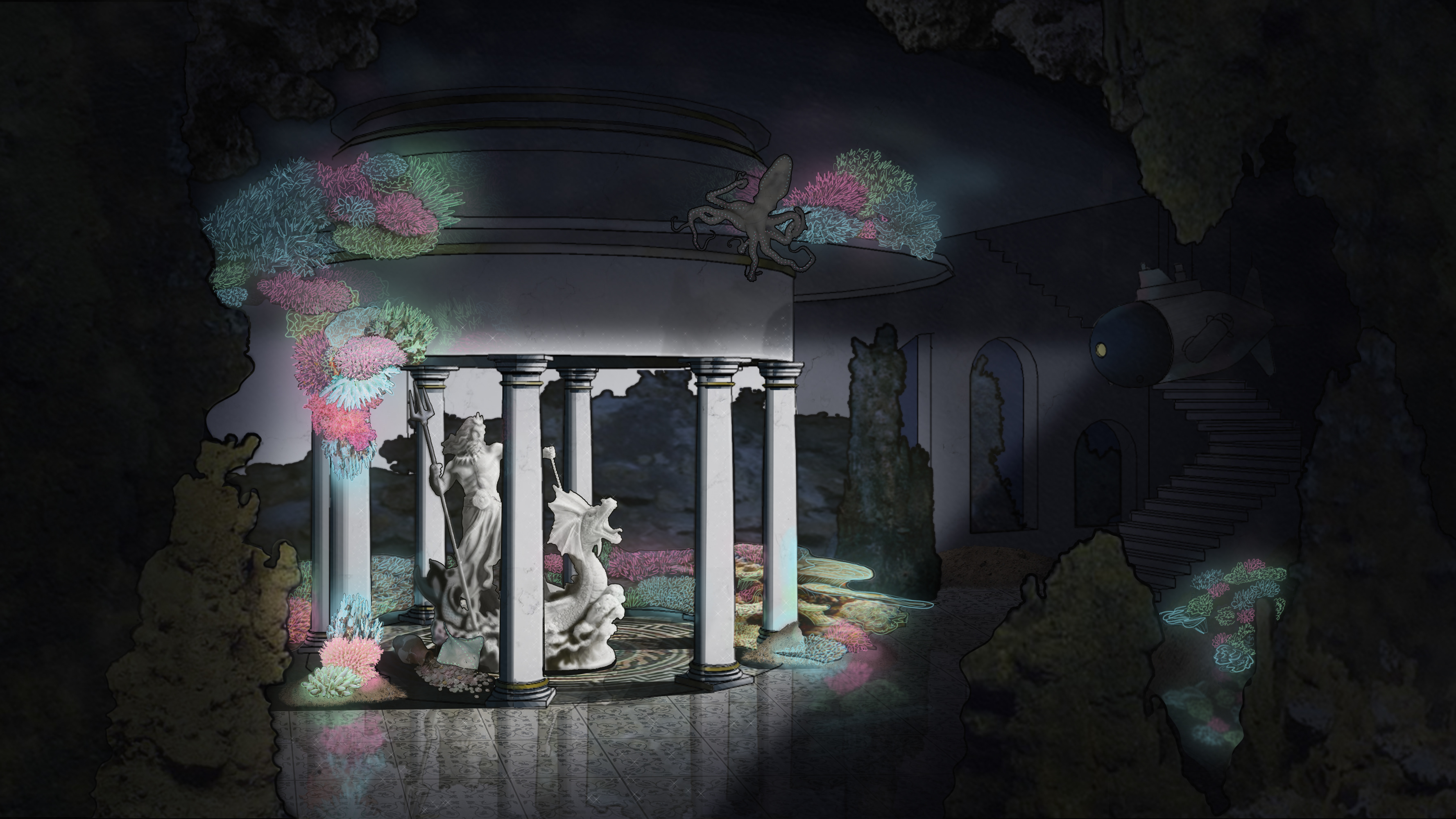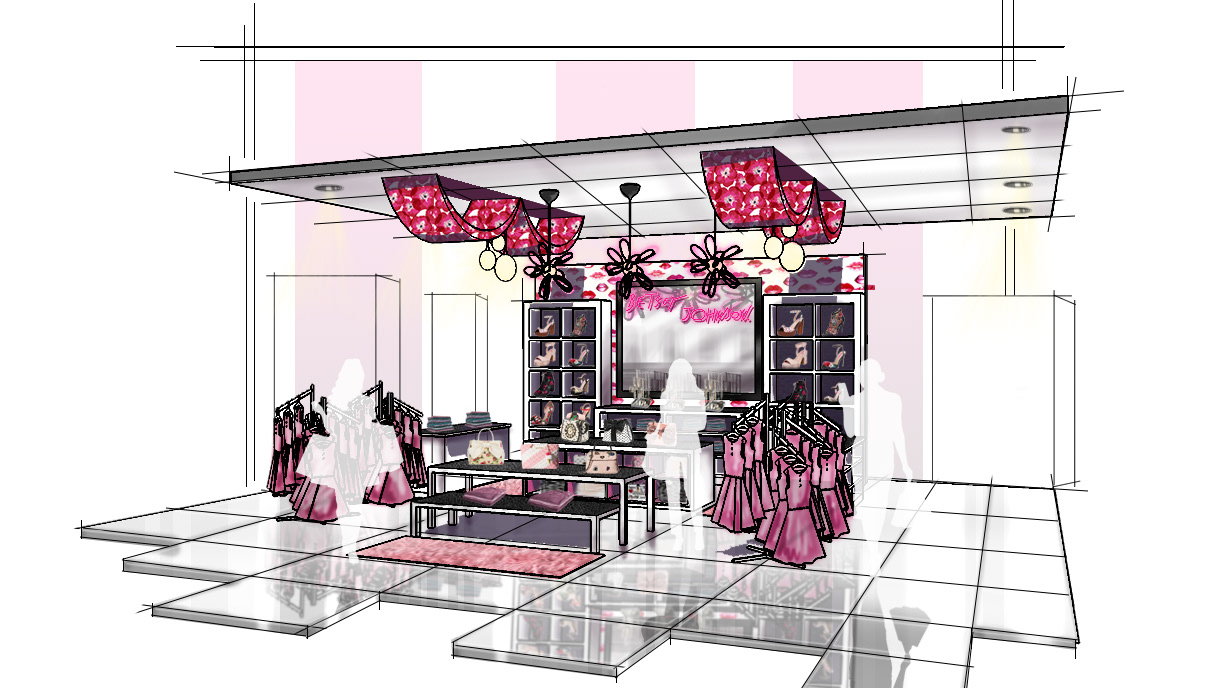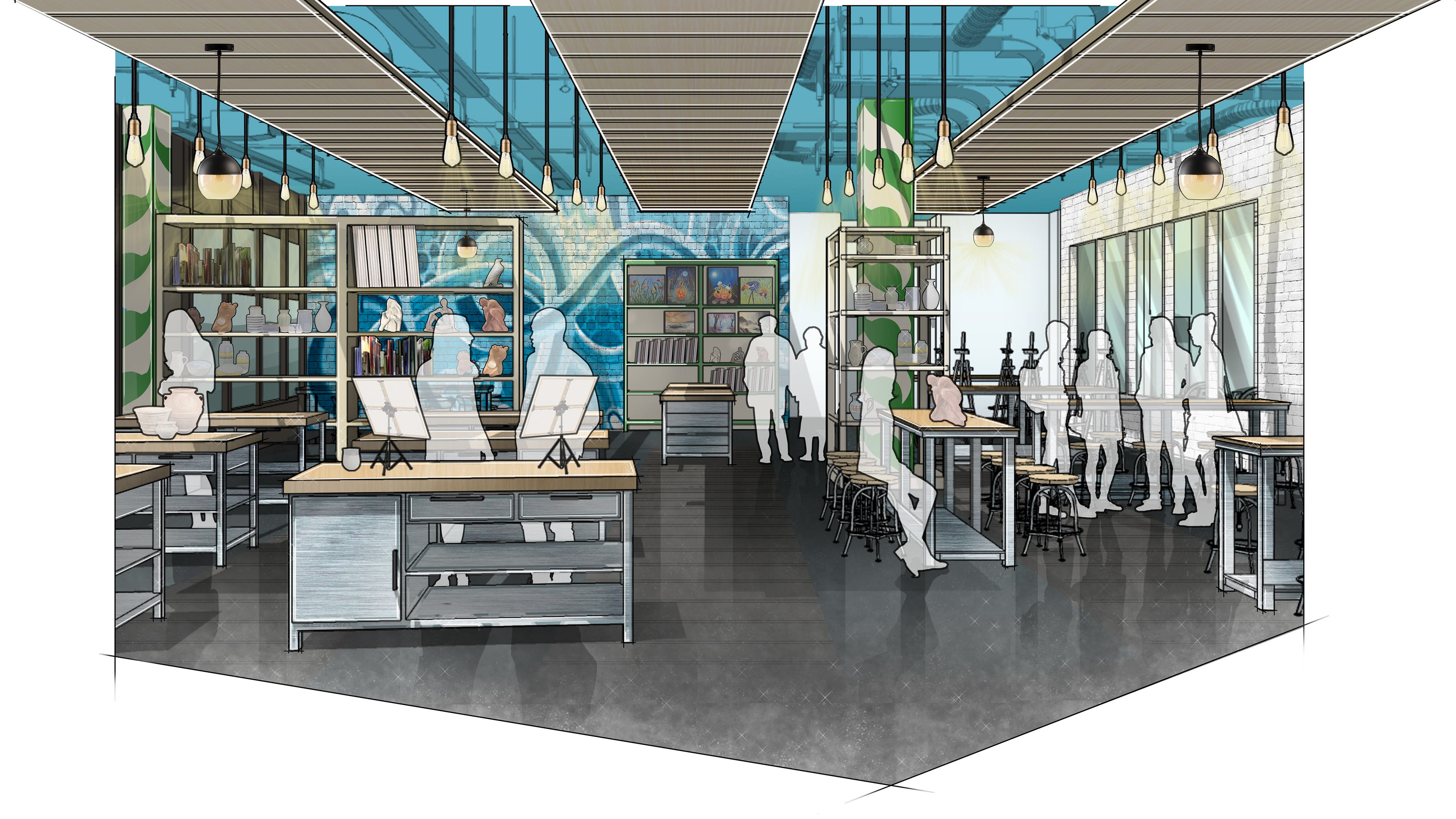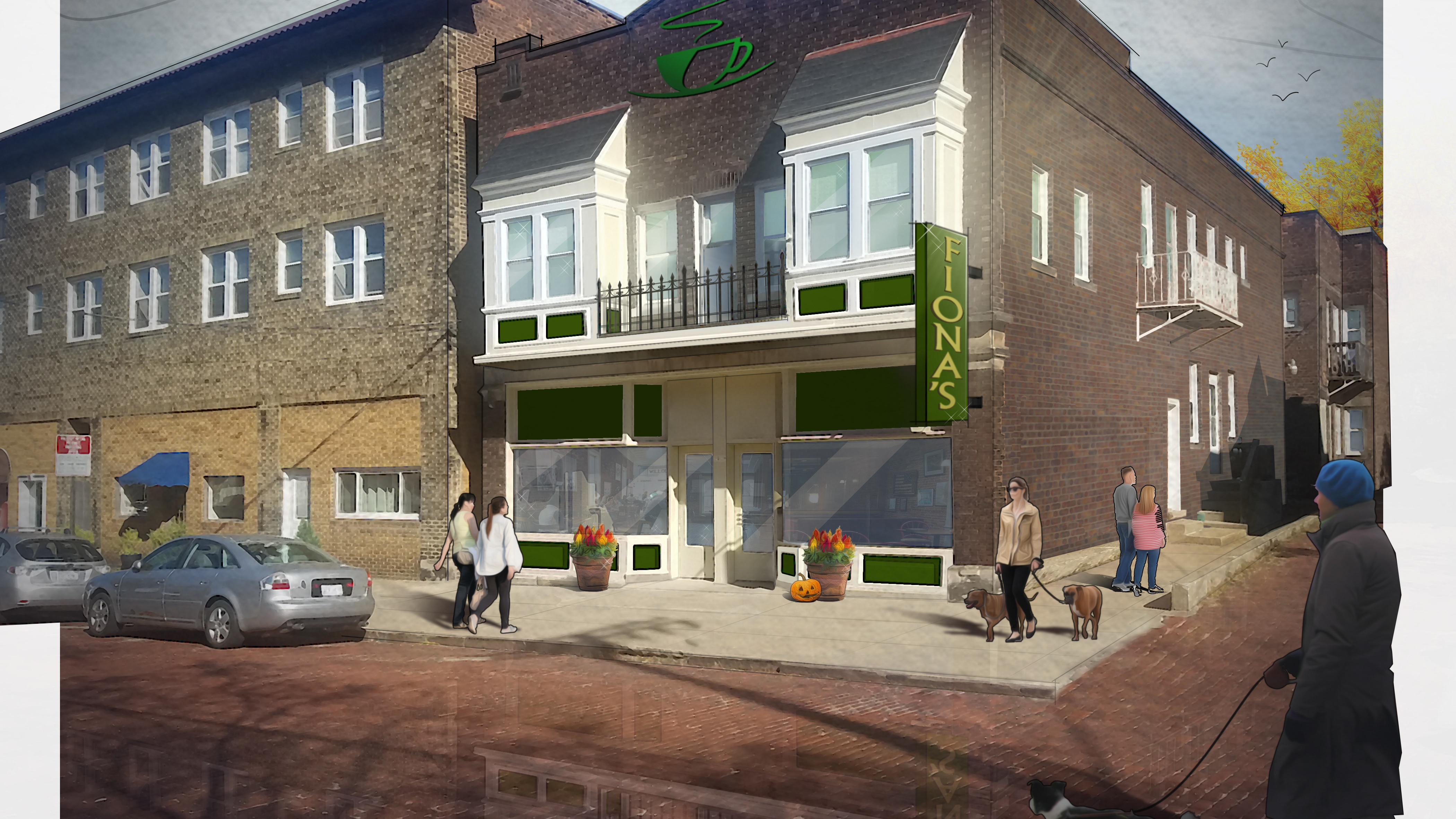This is my final senior thesis project that I completed at the Cleveland Institute of Art. This is a conceptual project on what a museum could be. I focused highly on making an immersive educational experience that would leave visitors with lasting memories. Below is all of my research and work that I developed through this project. I focused on redesigning the Kirtland Hall of Prehistoric Life at the Cleveland Museum of Natural History.
For my research I looked towards the Smithsonian museum of natural history. They have done countless studies and surveys on their visitors, so it was only natural for me to look towards them. In addition they get a huge pool of visitors, which provides a large selections of many different viewpoints.
These are proposed events for the museum. Digs & Drinks is an event where people can chip out their own "fossil". Whether this is just chicken bones or replicas in plaster, it would encourage people to get involved and learn a little bit about what it is like to clean and excavate a fossil. This event, like Crystals & Cocktails, would be paired with a local brewery. Drawing Dinos is a paleoart themed night. An artist would come in and pick a specimen from the hall and show people how create paleoart. The artist would go through the anatomy of the specimen and how we determine the placement of muscles, organs, skin, etc. Other people and artists would be encouraged to draw along too. Crystals & Cocktails would be a geology themed event. This would feature geodes that visitors could crack open, then identify the gem within. Lastly, and my personal favorite, is Escape the Museum. This event would turn the whole museum into an escape room. Each main room would be a section of it, and would need to be solved before the group could move into the next room. The riddles and puzzles would be catered to the exhibits in that room and be made to get people to look closer at specimens, learn more information, and engage active learning in a game like environment.
This is the subscription box. This serves to get people to engage with the museum while at home. These boxes would be tailored to the museums collection and all of the puzzles and riddles would play off of that. I've shown three different box examples of geology, zoology, and paleontology.
This is a current plan of the Kirtland Hall of Prehistoric Life at the Cleveland Museum of Natural History.
Above is the moodboard I created for this space. It is all natural materials, textures, and atmosphere.
Above is the material board for the space. Mainly all natural materials are used throughout the space in addition to fake plants and corals. There are a few flooring options, one being a wood for the boardwalk, stone for the underwater portions, and a carpet for the half theater space. In addition the seating would be mimicking the shapes of bones. In the center of the board I have a picture of someone using an interface as they are a main element of my design.
This is the new plan for the dinosaur hall. I did expand the space and include a new space which would be the theater. A visitor would enter through the upper left of the room and exit through the upper right. The space would walk a visitor chronologically through time.
The Fossil Lab resides on the upper mezzanine over the main floor. There are entrances on either side of the space. as well as an elevator that would go between the floors.
I designed a logo to brand this space. Here are a few variations on color and texture.
The material board is meant to invoke the feeling of a museum basement and a dig site. Natural and worn materials are used.
The excavation pit is where a visitor can dig out a dinosaur fossil. There are two pits to illustrate that fossils are not always found together. At the field prep station visitors would learn how fossils are packaged and shipped. There would be plaster doors that would open up and have information on them. Plaster is used to keep the fossils stable during transport. In addition there would be pieces of plaster, popsicle sticks, gauze, that could be taken on and off the bones like a puzzle. These are also common ways to stabilize a fossil during transport.
The museum prep station would function more like an ispy game. There are cards that would prompt visitors to look closely at the bones. Frequently they are fixed, mended, and stabilized during the museum prep stage. In addition there is a tool cabinet showing the wide range of tools used to clean fossils. The catalogue table is where the fossil would be identified. There would be different bones of the specimen mounted on top of the table. Below are drawers with other examples of different specimens. The goal of this is to get visitors involved in looking closely at identifying fossils and seeing the similarities and differences between them that lead to them being identified.
The dino assembly is where visitors could mount the dinosaur skeleton. There would be a metal armature in which the bones would snap onto. All of the bones would be labeled so that it could be successfully put together. The dino model would be a lifelike recreation of what we think the dinosaur looked like. It would have the skin, nail, feather textures on it.
